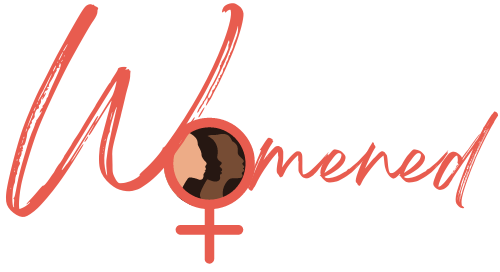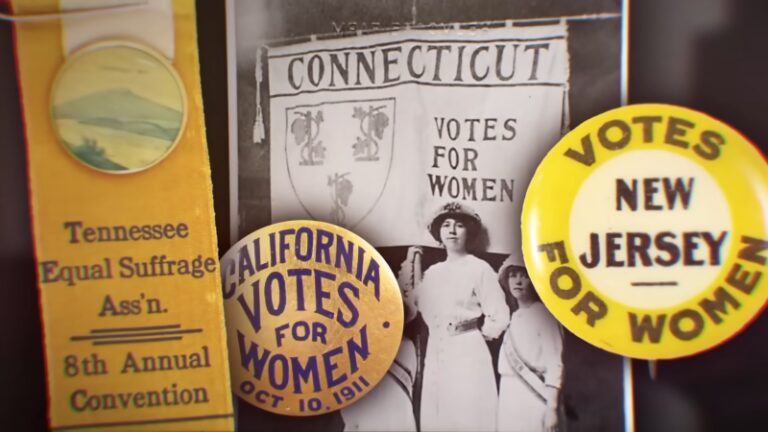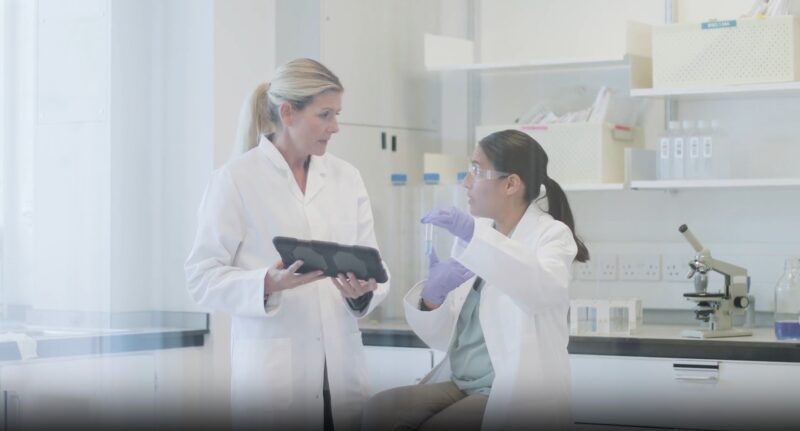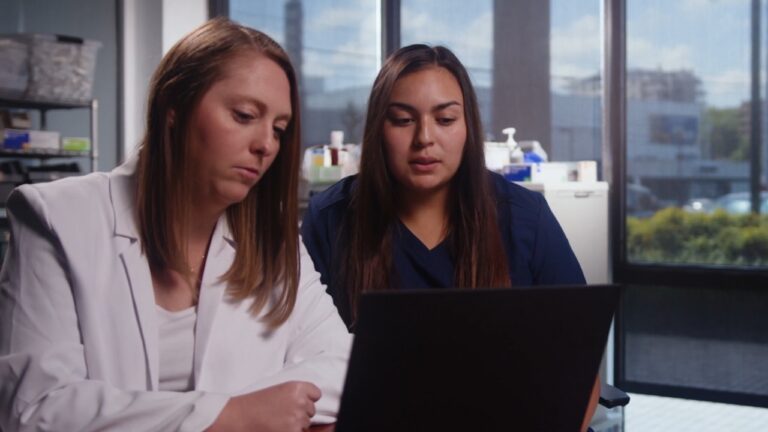Imagine a world where every aspiring health professional, especially women, can access the education they need.
Women have often faced more challenges in fields like pharmacy, but getting a solid start in the sciences is crucial for anyone looking to pursue this career.
Many institutions, including online programs like the one offered at pharmdonline.findlay.edu, are adapting their curriculums to meet the demands of online learning while still maintaining high educational standards.
These programs are designed to be accessible, recognizing that this can make a significant difference for women seeking to advance their education and career in pharmacy.
Championing Women’s Leadership In Pharmaceuticals
Acknowledging the achievements of women not only influences current pharmacy students but also shapes future leaders.
This recognition opens up numerous opportunities for aspiring pharmacists. The demographics within the field are changing significantly; by 2025, it is projected that two-thirds of all pharmacists will be women.
Since the 1990s, the majority of pharmacy students have been women. Their impact in various settings, whether in retail pharmacies, small communities, hospitals, or academia, is profound and essential to their communities.
Bridging The Academic Gap With Online Learning

The contemporary world of education has been transformed by technology, with online learning breaking down the barriers that once stood in the way of potential pharmacists.
Institutions have embraced the internet to make education more flexible and accessible, accommodating those who might not be able to attend traditional campus-based programs due to geographical, financial, or personal constraints. This has opened doors for countless individuals, and particularly for women who often juggle multiple roles and responsibilities.
In the efforts to bridge the academic gap, online platforms are increasingly tailoring their content to cater to diverse learning styles, incorporating multimedia presentations, interactive discussions, and live virtual labs.
These advancements in curating content have leveled the playing field, ensuring that women across the globe can access high-quality pharmaceutical education without the limitations imposed by location or traditional classroom settings.
Breaking Barriers to Education

Breaking down barriers in education and research has been crucial for women in pharmacy, influencing their roles within the profession and the future of healthcare. Historically, women faced significant challenges in accessing formal education and pursuing careers in pharmacy, but through resilience, advocacy, and determination, they have progressively overcome these obstacles, enriching the field with their unique perspectives and contributions.
In education, women fought for admission to pharmacy schools and for equal learning opportunities. In the late 19th and early 20th centuries, pioneering women either established their own pharmacy schools or gained admission to existing ones, overcoming resistance and discrimination.
These efforts led to the gradual inclusion of women in pharmacy education programs, setting the stage for future generations. Today, women make up a significant portion of pharmacy students globally, many excelling academically and taking on leadership roles within their institutions.
Programs and initiatives promoting diversity and inclusion have supported the advancement of women in pharmacy education, ensuring equal access and opportunities for all aspiring pharmacists.
In research, women have made significant advances in scientific knowledge and innovation in pharmacy. Despite historical underrepresentation, female researchers have excelled in pharmaceutical sciences, clinical research, and pharmacotherapy.
Their work has led to breakthroughs in drug discovery, pharmacokinetics, pharmacodynamics, and personalized medicine. Efforts to promote gender equity in research have included initiatives to combat bias, increase representation, and support career development for women in academia and industry.
Technology’s Growing Role In Health Sciences Education
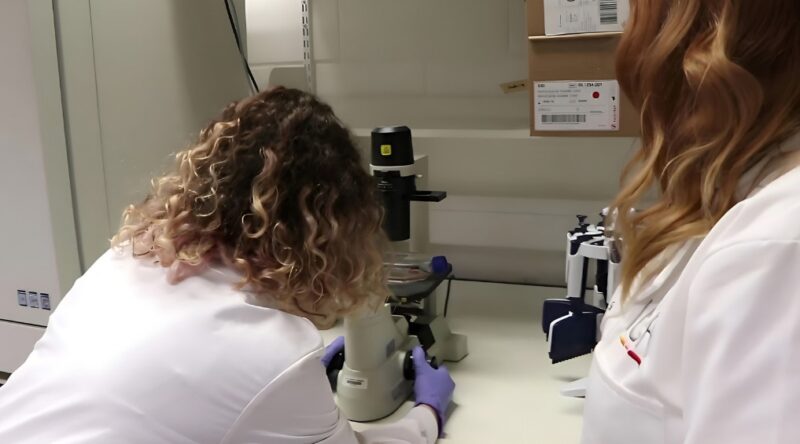
Our world and educational environments have become highly interconnected. Today’s health sciences education benefits from interactive platforms, digital resources, and simulation tools that create immersive learning experiences. Pharmacy education has evolved to thrive in this digital ecosystem, preparing students for a future shaped by technological advances.
Additionally, the incorporation of technologies like artificial intelligence, predictive analytics, and telemedicine into online pharmacy curricula is transforming pharmaceutical education. These technologies improve the ability of online programs to mimic real-world clinical scenarios, ensuring that graduates are prepared to handle the complexities of today’s healthcare environments.
From Online Degrees to Career Success
Women are not only excelling in academic and research roles within the pharmaceutical industry, but are also increasingly taking on leadership positions.
They serve as CEOs of multinational corporations and have founded their own pharmaceutical companies, showcasing their skills in leadership and entrepreneurship.
For instance, Dr. Jane Hsiao, who served as the Executive Vice President of Research and Development at Warner-Lambert/Parke-Davis, is a prime example of how women have significantly influenced the pharmaceutical landscape through visionary leadership and strategic decision-making.
Related Posts:
- Breaking the Mold: How Virtual Learning Empowers…
- Online Education: Empowering Aspiring Women Leaders
- Embracing the Rise of Virtual Learning for Advanced…
- Charting New Paths: Women Leading Change in Nursing…
- Embracing the Journey to Leadership in Nursing Education
- The Rise of DNP Degree Programs in Advancing Nursing Careers
